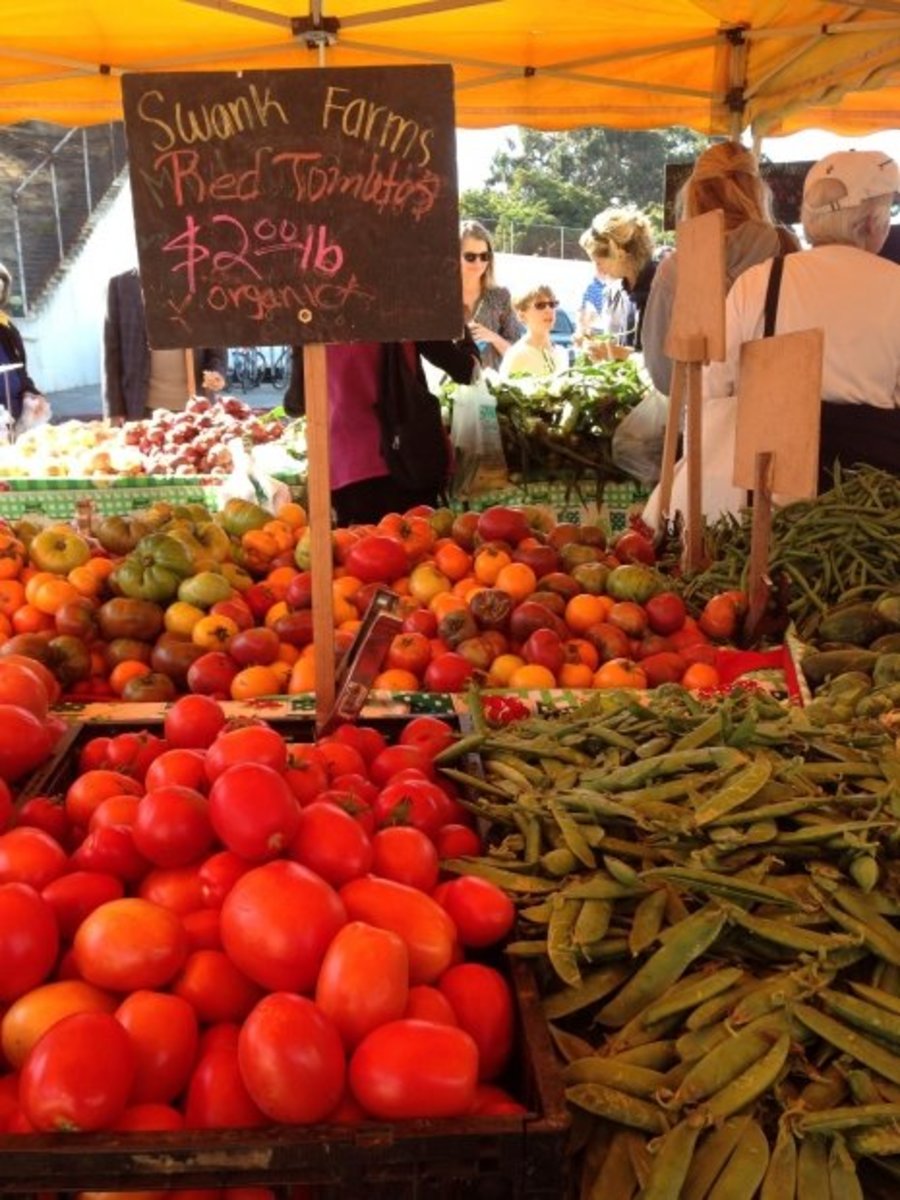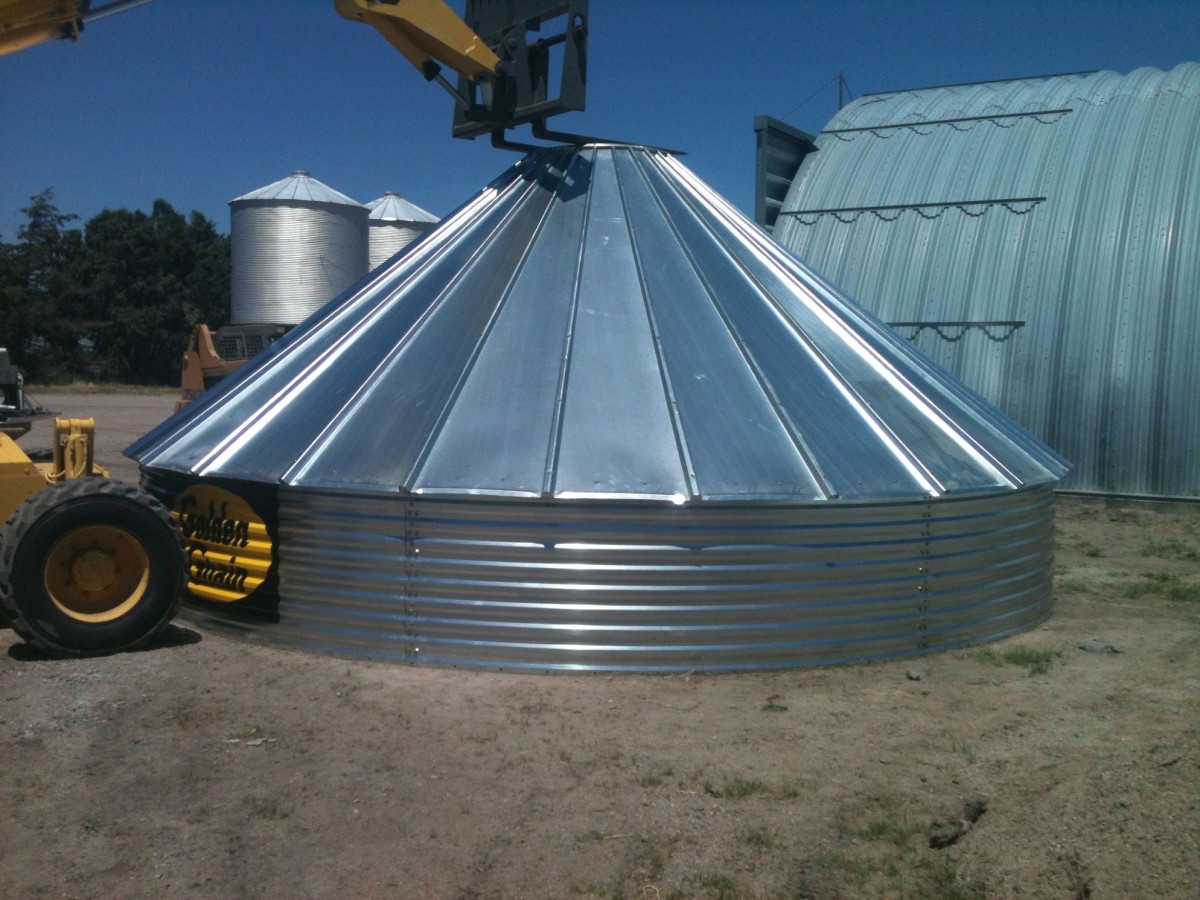Wintertime on an Urban Farm
The Need for Urban Farming
How much time do you have?
I could expound on the reasons why we need more urban farming for several hours, but I suspect I might lose your attention if I rambled on that long.
I could tell you all about GMOs and their dangers. I could tell you about the high cost of food, but I’m guessing you already know about that if you’ve visited a grocery store lately.
My favorite reason, though, has nothing to do with cost or danger and everything to do with social responsibility.
You’ve all heard the phrase “if it ain’t broke, don’t fix it.” Well, in many ways, this country is broken, and it needs fixing. One of the reasons why this country is not firing on all cylinders (and this is most certainly a subjective opinion on my part) is that we have deserted our traditions in favor of convenience. In other words, we have strayed too far from our roots and we are now paying for it.
One of those traditions is farming. Not so very long ago, many families in this country raised their own food. Urban farms were the norm rather than the anomaly. There was a connection between soil and farmer….between the environment and the farmer….between life itself and the individual.
For the most part that is gone now. Now we are all about getting our needs taken care of as quickly as possible and damn the consequences. So what if that Big Mac is poisoned? I can be in and out of the drive-through lane in fifteen seconds. I dare anyone to grill a burger in that time. So what if the beef is filled with steroids and other ungodly chemicals? It sure grills up nice, doesn’t it? So what if those vegetables are an unnatural color? They’re cheaper than the organic crap, and money don’t grow on trees.
Besides, who has time to farm? Everyone is working two jobs just to pay the bills, and that means crazy days and crazier nights, and tending to an urban farm is the last thing a guy wants to do when the big screen television is calling him and he needs to watch four hours of boob-tube in order to be an average American.
See, I could go on for quite some time on this topic.
But that’s not why I’m here. I’m here to talk to those of you who actually have an urban farm, or who are thinking of starting one.
I’m here to talk to you about wintertime on an urban farm.
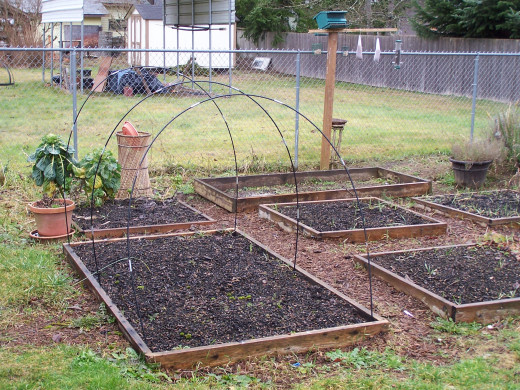
Out the Backdoor We Go
Thanks for joining me on this mini-tour. Let’s go through the kitchen and out the sliding backdoor, okay? Let’s see what there is to see.
Just walk around the compost pile and the rain barrel and follow me.
If you look to your left you’ll see the garden area sitting dormant during the winter. For those of you with an imagination, picture eight raised beds, one large natural bed, a total of about 600 square feet of planting area. You’ll notice the beds are covered with leaves and sawdust right now. They won’t stay that way long because I just let the chickens out, and they have free-run of the garden during the winter months. With this rain we are having they just love to scratch in the garden in search of worms, and while they are scratching they are turning over the soil and mixing the mulch and compost into the soil.
I love it when chickens do my work for me.
400 square feet of garden space will feed a family of four, so we'll be giving away produce when we harvest just like we did last year and the year before that.
Behind the gardening area you’ll notice a brush pile. We leave that there year round instead of hauling it off to the dump. Our area birds love it. That brush pile is alive with all sorts of birds right now, and I love the sound of them in the morning. That brush pile is bordered to the south by a small hill, and that hill has dead stumps under the dirt, and there is a whole lot of natural processes happening right now, so by the time spring comes there will be herbs and veggies growing there as well, and ain’t that just too cool for words?
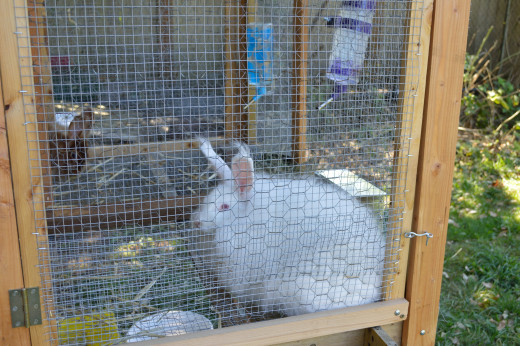
Turn Right and We Have Our Rabbits
Aren’t they beauties? These are two Angoras named Alice and Angel, and because of that lovely fur they handle being outside quite well. As long as I keep them dry they keep pooping for me, and that rabbit poop is black gold for an urban farmer.
If you want the best natural fertilizer known to man and God, check out rabbit poop. Angel and Alice can give me several pounds of poop each week, and trust me when I tell you I have no need for fertilizers and pesticides as long as Angel and Alice don’t become constipated.
I might mention that Alice and Angel are not a problem to feed. Our garden feeds them long after harvest time in the fall. Those two just love fresh greens, and it makes no difference to them if those greens are store-worthy or just the dregs of a garden in the winter. It’s all a gourmet meal to our little Angoras. By the way, that fur on their backs is Nirvana to a person who weaves and knits.

Moving On
Grab those chicken eggs while we move on to the quail enclosure, will you please? Thanks! There are six hens currently and we'll be getting five or six more next month. Shhh, don't tell the city. We are only supposed to have five.
This is where we keep our quail. We currently have twenty-five with more being born daily. We love these little birds, and many hours are spent outside just watching them do their thing. Often you can find Bev inside their enclosure feeding them by hand. That, my friends, is getting back to our roots and getting in touch with the natural flow of life.
The enclosure is fourteen feet wide and nineteen feet long. We should probably just call it an aviary and be done with it. J Grab those eggs while you are in there, please. Some of them will go in the incubator and some we’ll have for breakfast. They are delicious, by the way. Small but delicious! I’m talking about the eggs and not the birds, but I’m told the birds are delicious too, if you’re into that sort of thing.
During the winter months we hatch two or three per day. We keep the ones we want and sell the ones we don’t want. During the summer we’ll be hatching twenty-five to thirty eggs each day and selling a whole lot of chicks at two bucks apiece. What you don't see in the pictures is the hatching center we have in our garage. There we have a heated lamp for all the babies, and another indoor enclosure where the chicks are weaned off the heating lamp as they prepare to move outside.
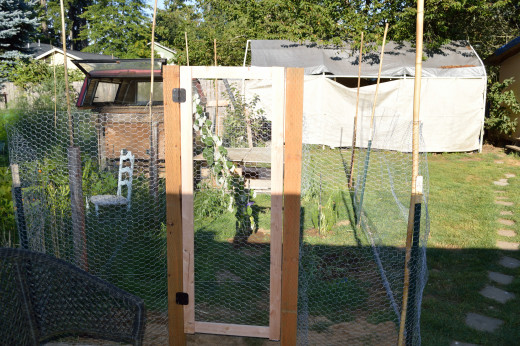
Let’s Move to the Other Half of the Yard
This is where our next big project will take place. This will be our second aviary for more quail, and our second chicken coop for five more chickens. I have a month before I need those built, so I’d better cut this short and get busy building. By this summer we’ll have a dozen chicken eggs and three dozen quail eggs each day, and I can hardly wait for all the excitement.
But it’s winter now, so the preparations take place now so we’ll be ready in the summer.
Along the fence there? Those are raspberry bushes. We’ll get bushels of berries from those bushes this summer, and what we don’t eat the chickens will, so there is no waste here.
It’s raining so let’s not take a look at the front yard today. All you would see are the fruit trees and more berry bushes, so let’s save that for your next visit. We have more planting to do out there this spring, and by summer’s end all of our lawn will be gone, replaced by food-bearing plants and bushes.
And that means smoothies for you when you visit us!
Thanks for taking a tour with me. I hope you enjoyed it and I hope it at least got you thinking about what you can do with your yard. I'm certainly not trying to sell this idea to you, but I did want to present some ideas for you to think about so your yard produces more than just grass and weeds.
Bon Appetite!
2015 William D. Holland (aka billybuc)








